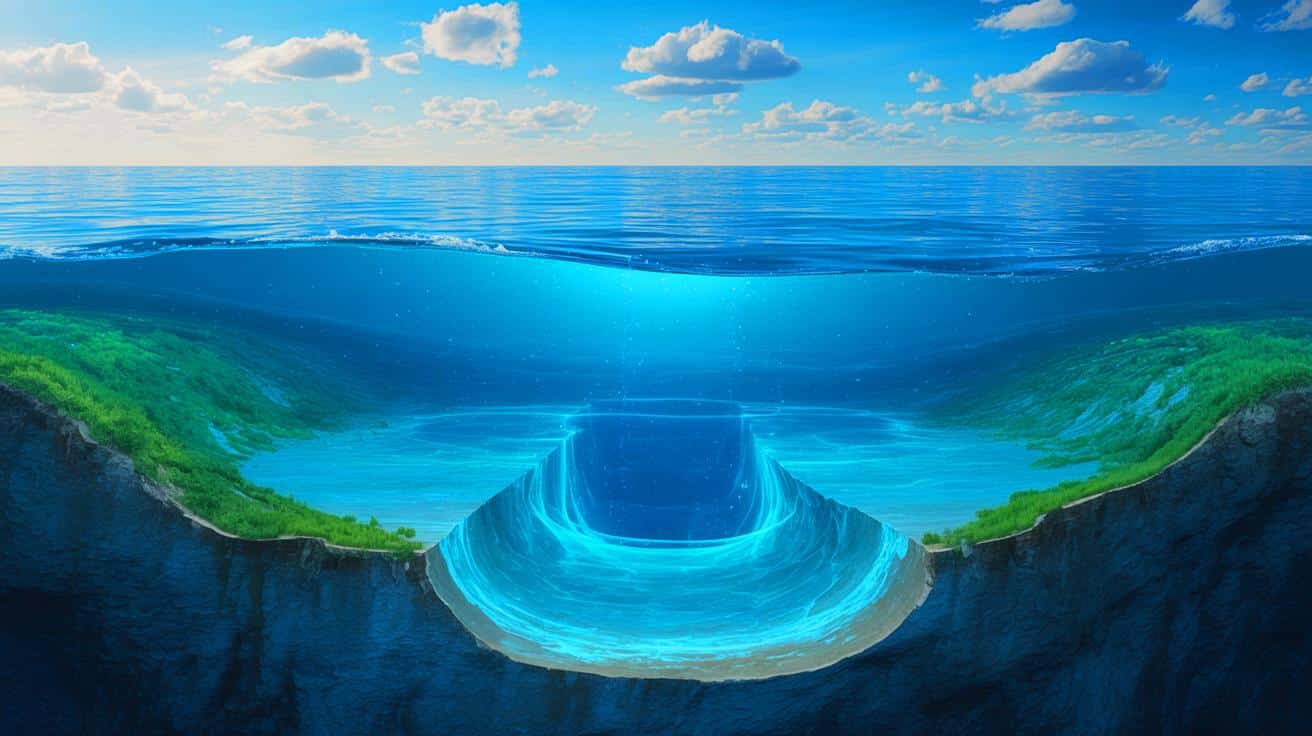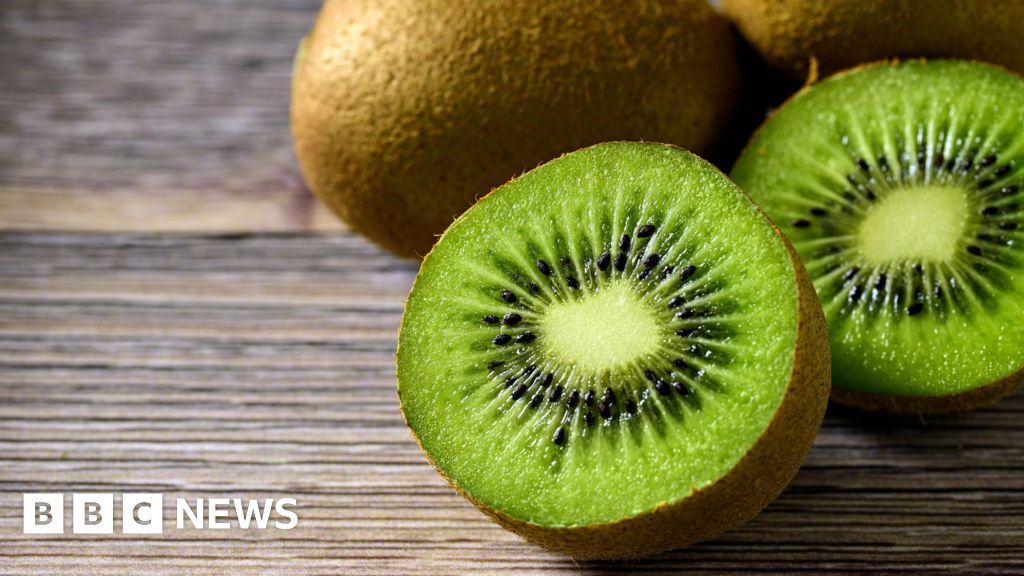An Italian scientist conducting research on the Mendenhall Glacier in Alaska fell into a stream of meltwater and then plunged into a shaft in the ice.
“The water then pushed him into a moulin, which is a vertical shaft in a glacier where meltwater funnels down,” Alaska Department of Public Safety spokesperson Tess Williams told NBC News in an email.
What’s happening?
According to Travel Juneau, the Mendenhall Glacier is around 13 miles from Juneau. It is part of the larger Juneau Icefield, the fifth-largest ice field in North America. It covers about 1,500 square miles.
Riccardo Pozzobon fell into the meltwater shaft Sept. 3. Officials deemed a rescue attempt too dangerous, and Pozzobon was pronounced dead Sept. 6.
A month prior to Pozzobon’s accident, meltwater from the Mendenhall Glacier and the nearby Suicide Glacier triggered a glacial lake outburst flood, The New York Times reported. The Mendenhall Glacier and Suicide Glacier used to be connected, but glacial melt has created a gap between the two called Suicide Basin.
In a glacial lake outburst flood, water encased in the glacier’s ice suddenly erupts when that ice is displaced, typically because of melting or a landslide. This dammed water releases in a powerful surge that can cause immense flooding damage to surrounding areas.
 Nuun hydration tablets help you create healthy, active habits with clean ingredients tailored to your lifestyle.
Nuun Sport easily mixes with water for a hydrating beverage to power you through your next workout, while a daily dose of Nuun Immunity is a quick addition to any self-care routine.
These tablets are certified vegan and gluten-free, and you can even pick zero-sugar flavors. Keep a Nuun tube in your car, purse, carry-on luggage, or anywhere you’ll want a healthy, restorative drink.
|
According to the Times, the process of meltwater filling and then flooding the Mendenhall River has happened 39 times since 2011.
Why is ice melt important?
Glacial ice melt is a problem for glacial communities around the world.
Glacial lake outburst floods are also a major concern in places including Pakistan, Tibet, and Nepal.
Beyond those who live near glaciers, ice melt impacts the planet as a whole. For one, melting ice contributes to rising sea levels. This influences everything from higher tides during extreme weather events to flooding of coastal cities. NASA notes that if all glaciers and ice sheets were to melt, the sea level would rise by 195 feet.
Additionally, melting ice is a public health concern. As ice melts, bacteria and pathogens that were frozen in ice for centuries can be unearthed. These diseases can pass from Arctic animals to people, a process called zoonosis.
What’s being done about ice melt?
The climate crisis is a multifaceted issue with no quick solution. The World Meteorological Organization has urged the global community to take glacial ice melt seriously, as the risks of melting glaciers will have large impacts on populations and economies everywhere.
In the face of these risks, scientists have taken to geoengineering to study ways to mitigate ice melt, though as Inside Climate News reports, the idea is not widely seen as a true solution by mainstream climate scientists because of the alarming risk of unintended consequences. In the long term, the solution is to move away from atmosphere-heating dirty energy sources and toward renewable energy.
Join our free newsletter for good news and useful tips, and don’t miss this cool list of easy ways to help yourself while helping the planet.
Source link


